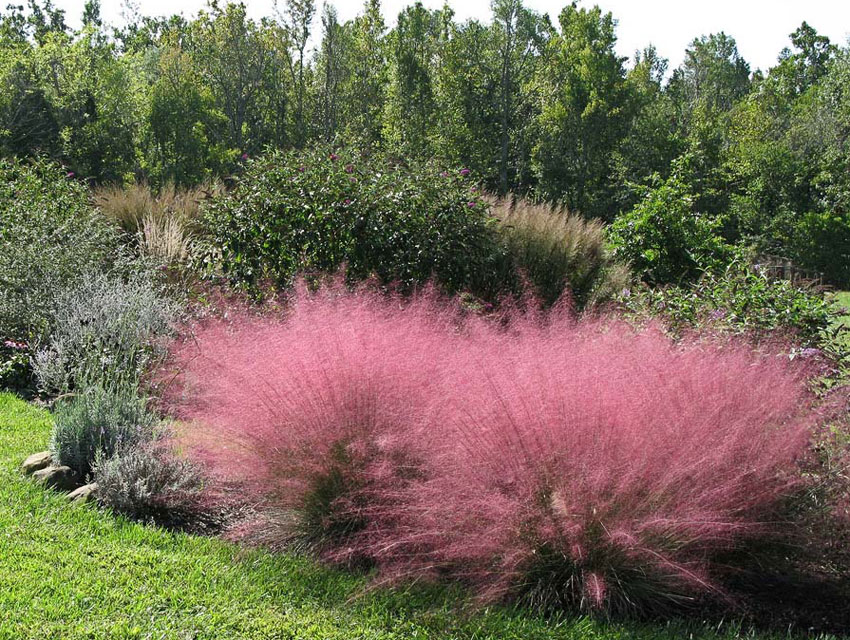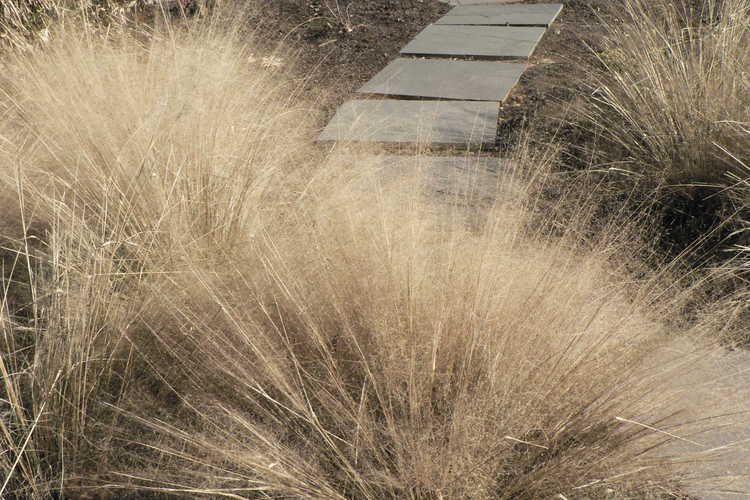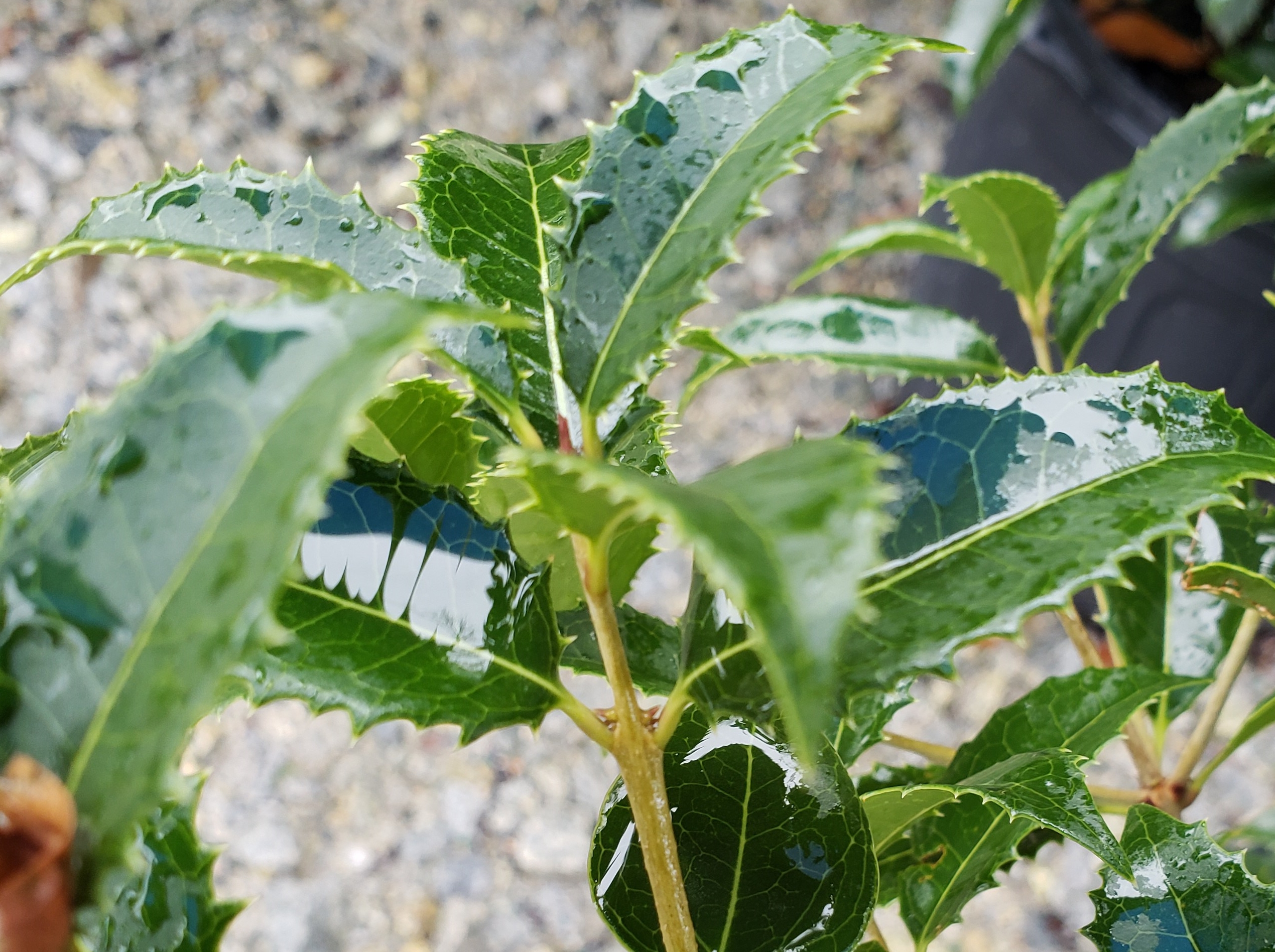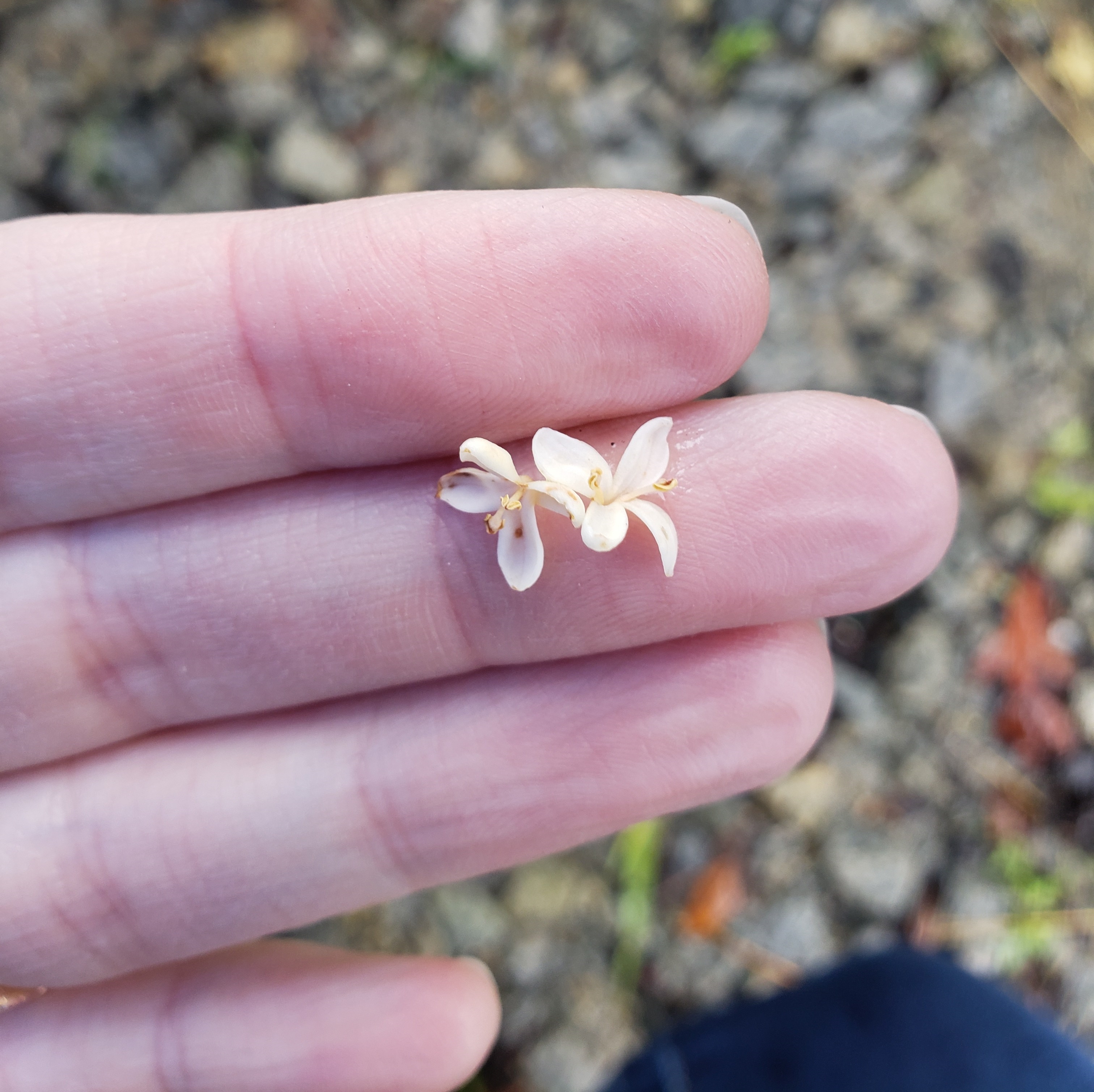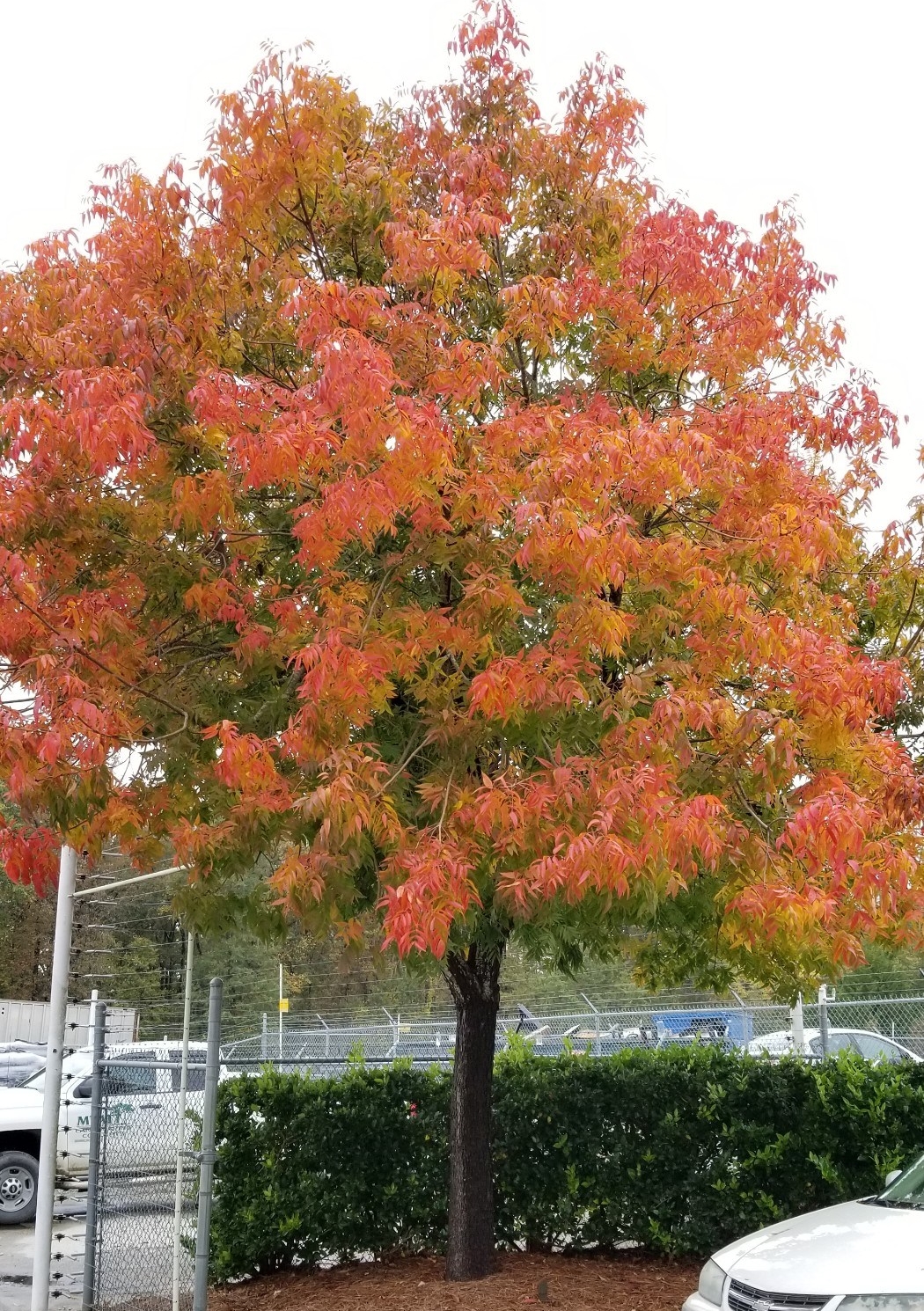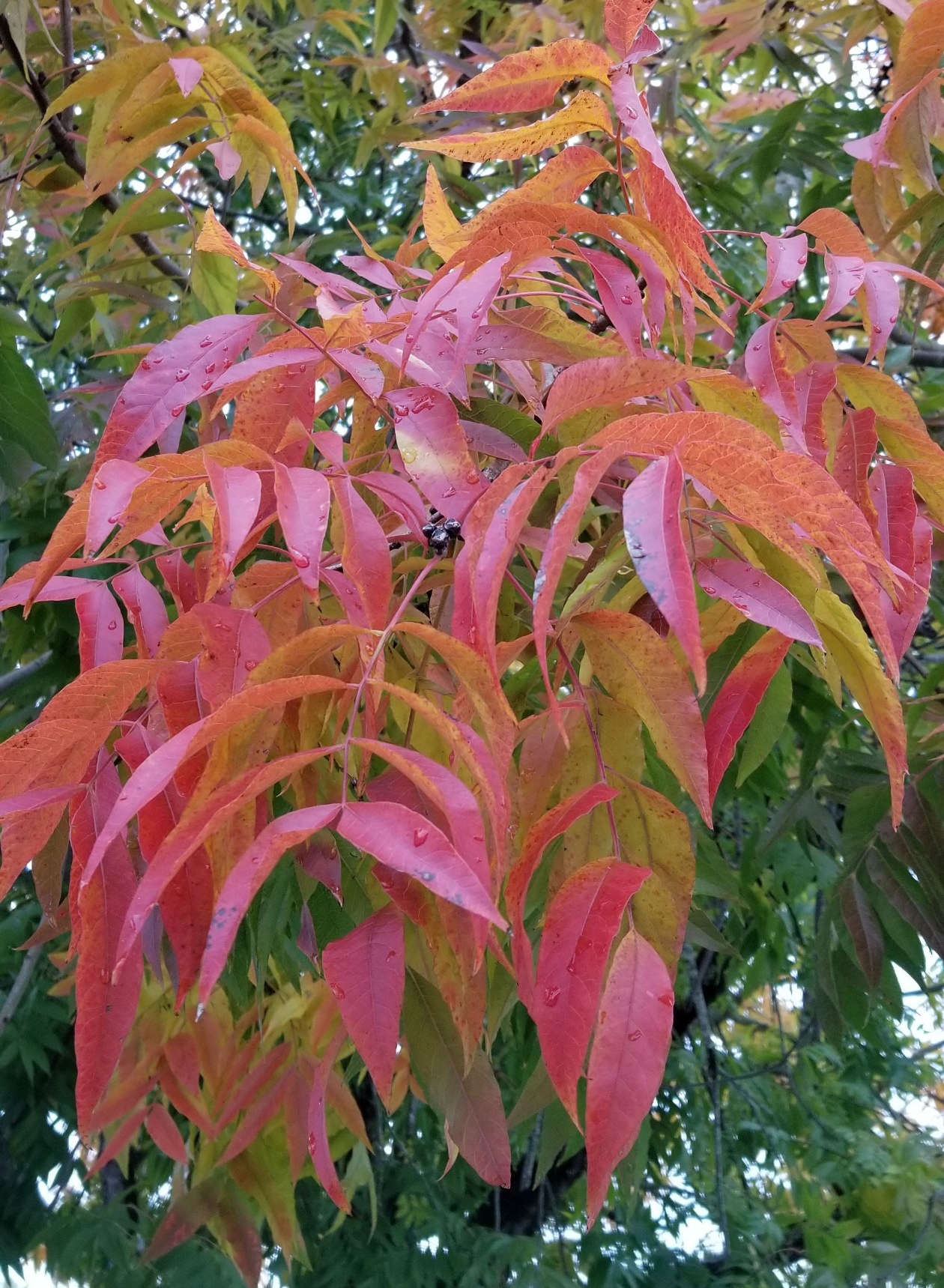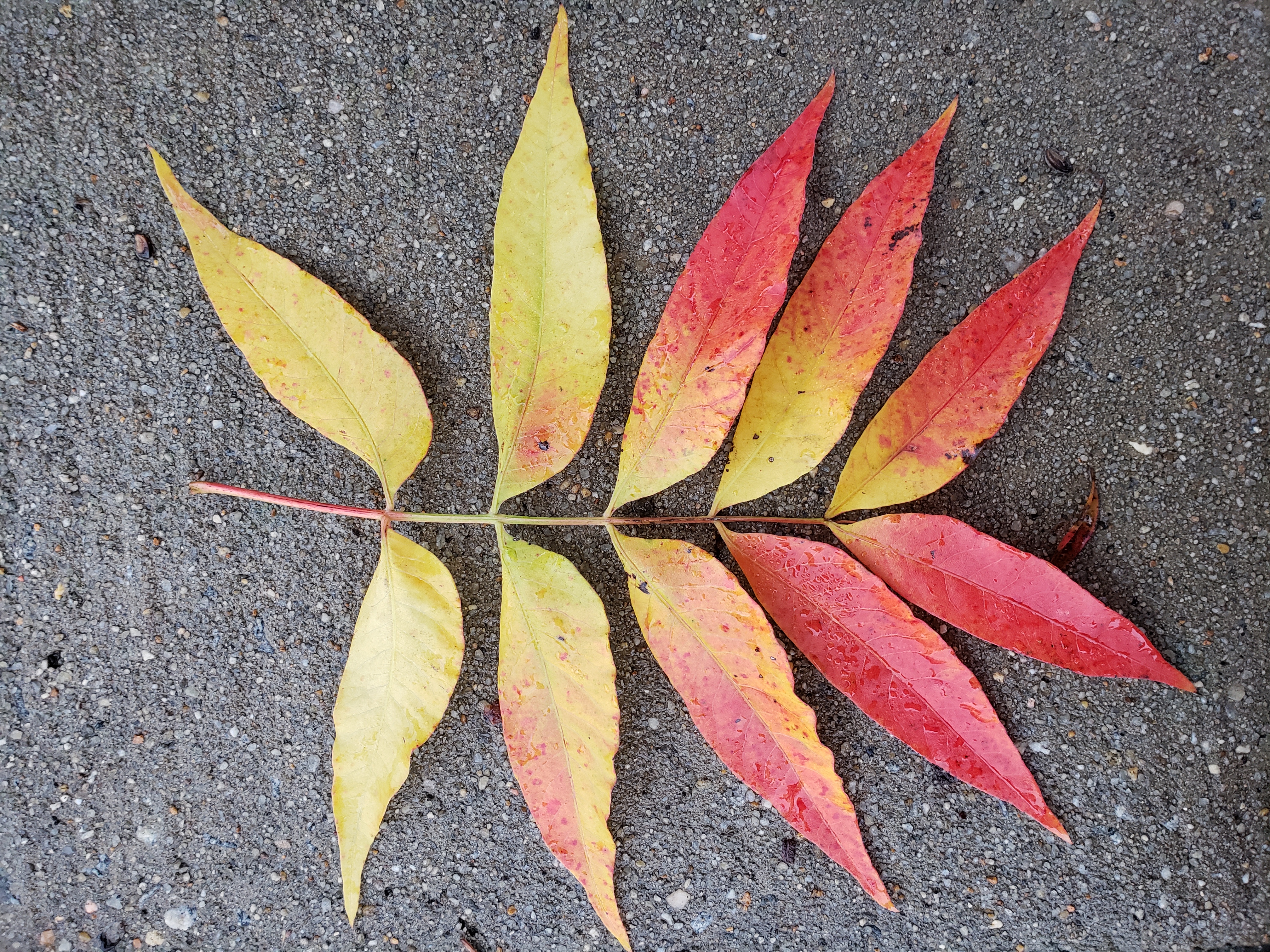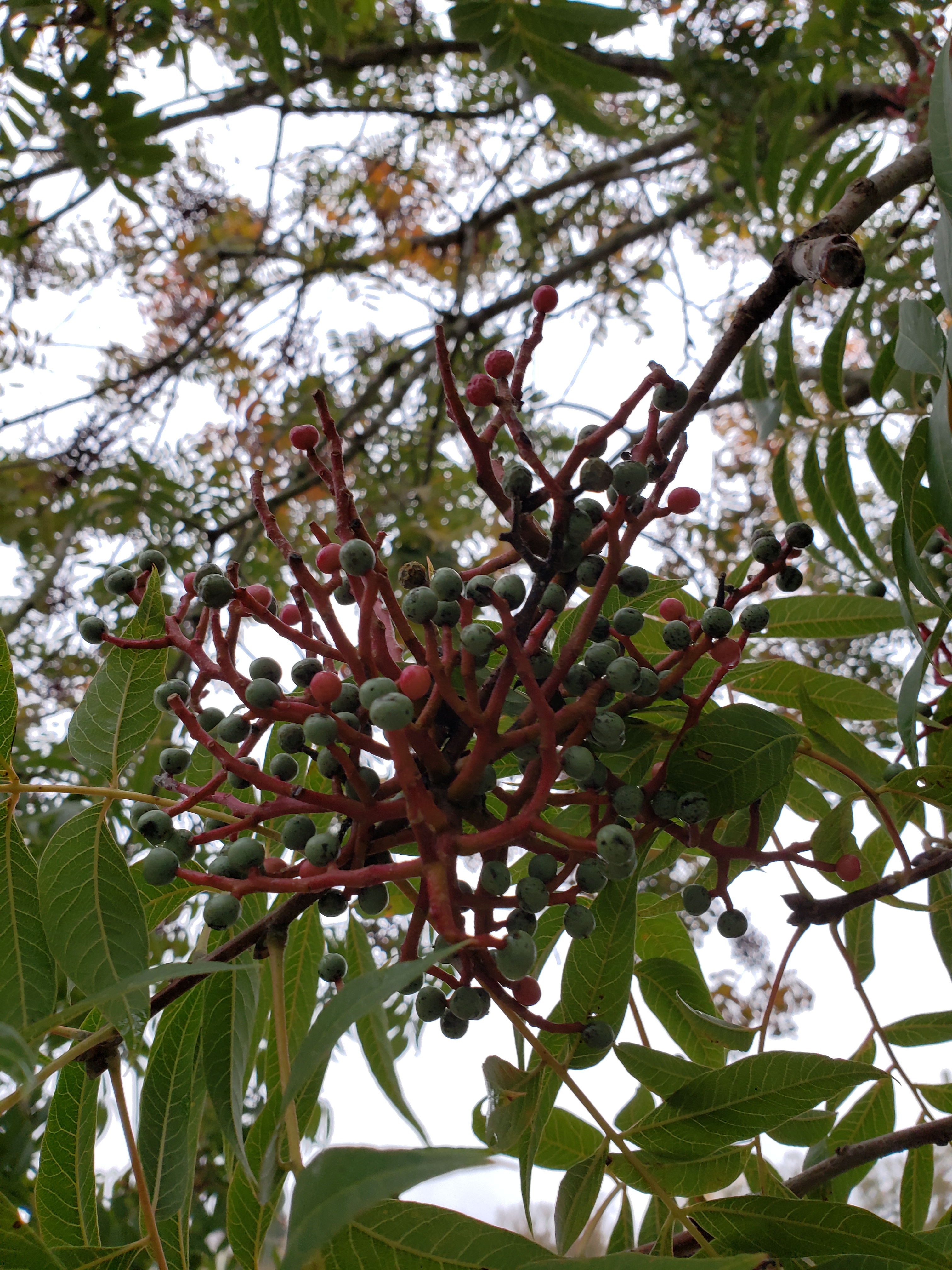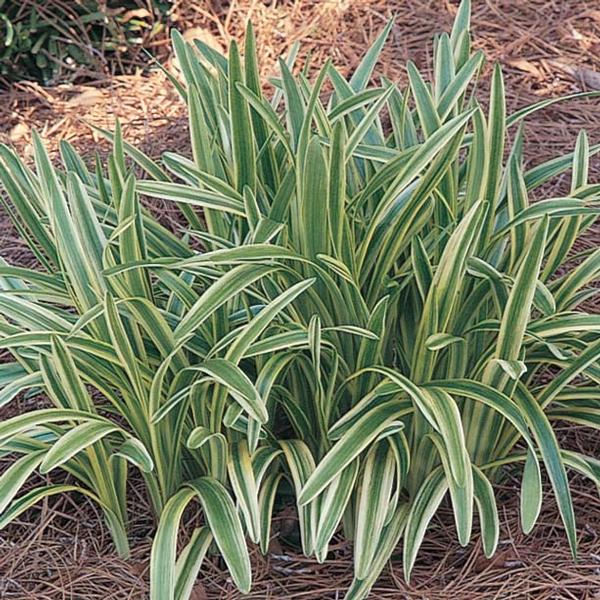Euphorbias are a fascinating group of plants. There are over 2,000 species in the genus Euphorbia, including cactus-like plants such as crown-of-thorns, and well-known flowers such as poinsettias. Many of the species are native to southern Africa, Madagascar, and Central America. One thing they all have in common is a milky white sap containing latex. But we’re not going to talk about the wide range of diversity today– we’re going to focus on just two cultivars, Ascot Rainbow spurge (Euphorbia x martinii ‘Ascot Rainbow’ PP#21,401) and Ruby Glow spurge (Euphorbia amygdaloides ‘Waleuphglo’ WALBERTON’S® Ruby Glow PP 22,200). You’ll notice that both of these plants have numbers after the names. These are plant patent numbers, and it means that propagation of these plants is prohibited without paying royalties to the patent owner until the patent expires. Modern plant breeding is complicated!
Fun fact: poinsettias are euphorbias too! Euphorbia pulcherrima became a popular Christmas plant after being brought back by the first US ambassador to Mexico (Dr. Joel Roberts Poinsett), where they are native. The red “petals” are actually bracts (leaf-like structures), and they turn red after being exposed to 12 hour nights (periods of total darkness) for several weeks.
How to Use Spurges in the Garden
Ruby Glow and Ascot Rainbow spurges do bloom in the spring/summer, but it’s typically the beautifully colored foliage that catches the eye. They tend to stay evergreen in our warm NC and SC climates, so they work well in fall/winter seasonal plantings, perennial borders, or rock gardens. They can be especially effective in container plantings! While technically a sub-shrub, they are often used in annual plantings and composted after the season ends. Because these types of spurge come from a Mediterranean climate, they prefer well-drained soils.

Photo credit: Suzy Talucci

Photo credit: Jenna Meeks
ID Tips
Ascot Rainbow spurge is a cultivar of Martin’s spurge (Euphorbia x martinii), which is a naturally occurring hybrid between Euphorbia characias and Euphorbia amygdaloides, originally discovered growing wild in southern France. This means that the Ruby Glow spurge species is a parent of Ascot Rainbow spurge, and therefore they have very similar characteristics.
- They both have long, narrow leaves arranged in rosettes around stiff stems
- The leaves are sessile, meaning that they attach directly to the stem without a small stalk in between (called a petiole).
- The flowers are borne in sprays at the end of the main stem, and are actually very tiny–in the photo below, the red parts are actually the flower petals, and the larger chartreuse parts are actually bracts. This is why spurges appear to bloom for a very long time, because the bracts are much tougher and longer-lasting than true petals would be.
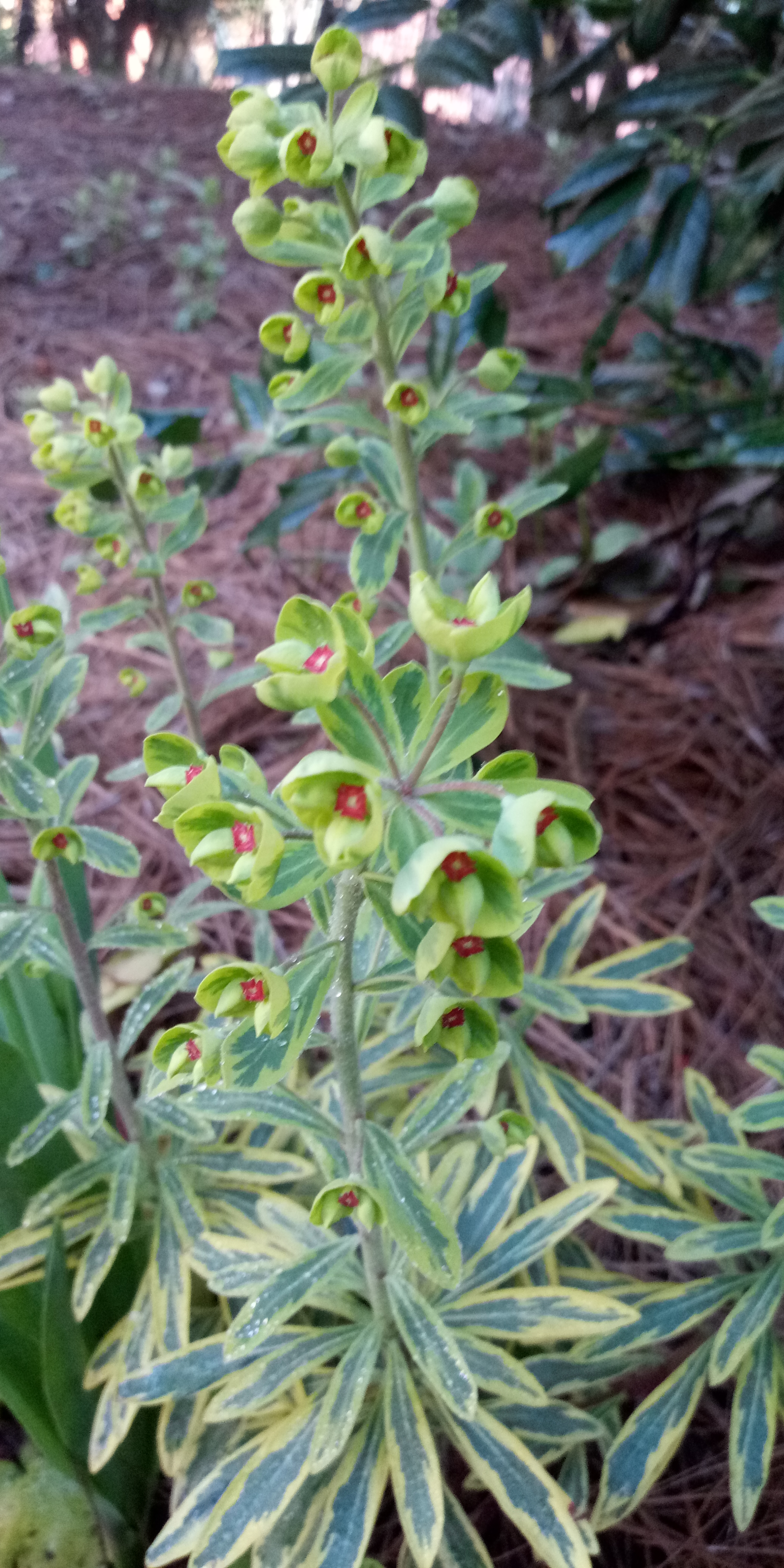
Flowering Ascot Rainbow spurge
Photo credit: Jenna Meeks

Ruby Glow spurge 
Ascot Rainbow spurge







